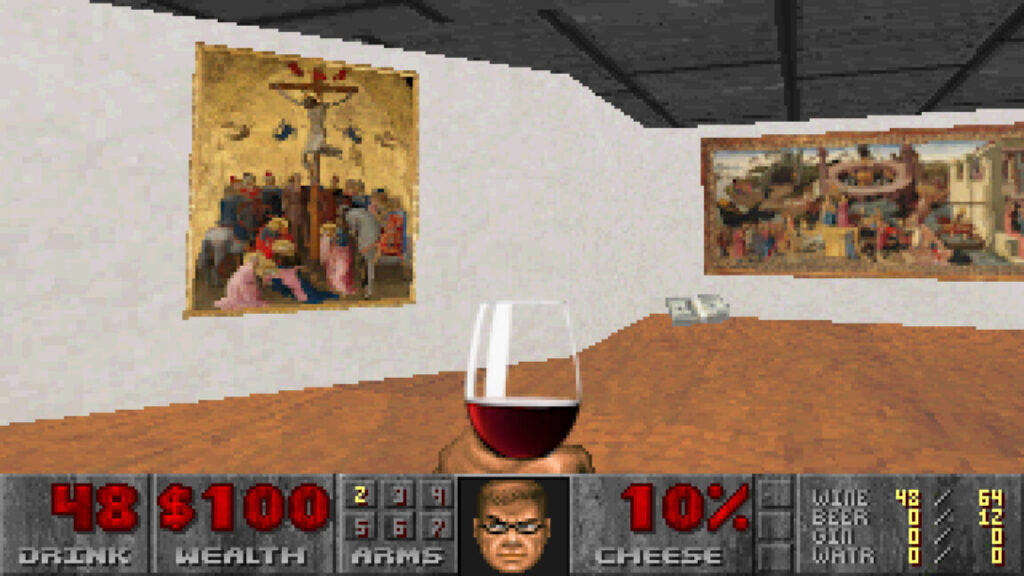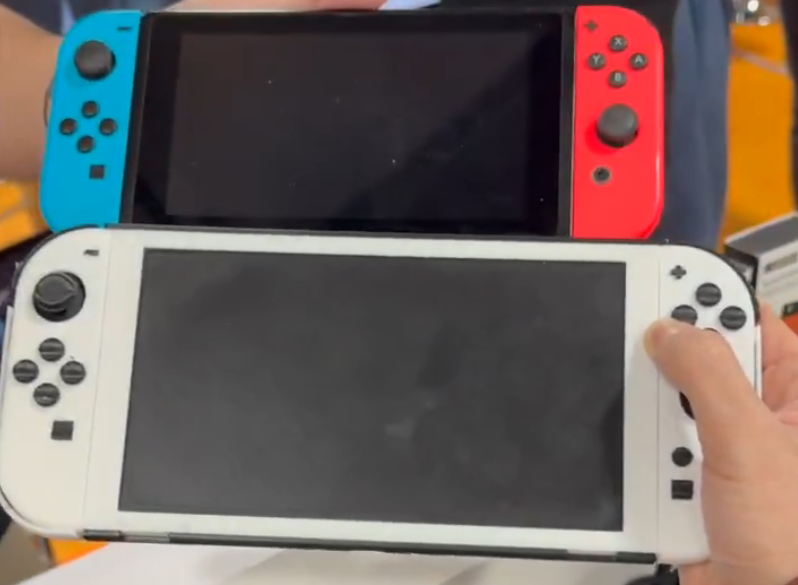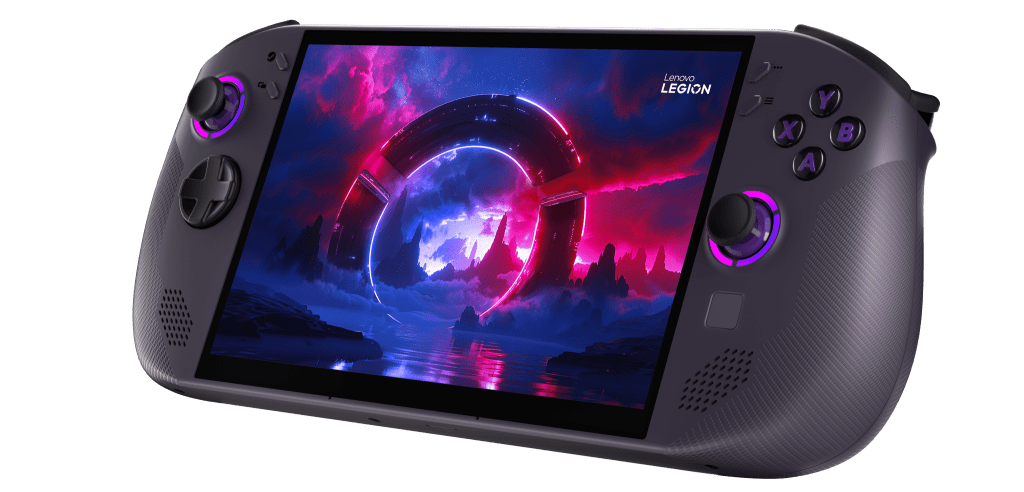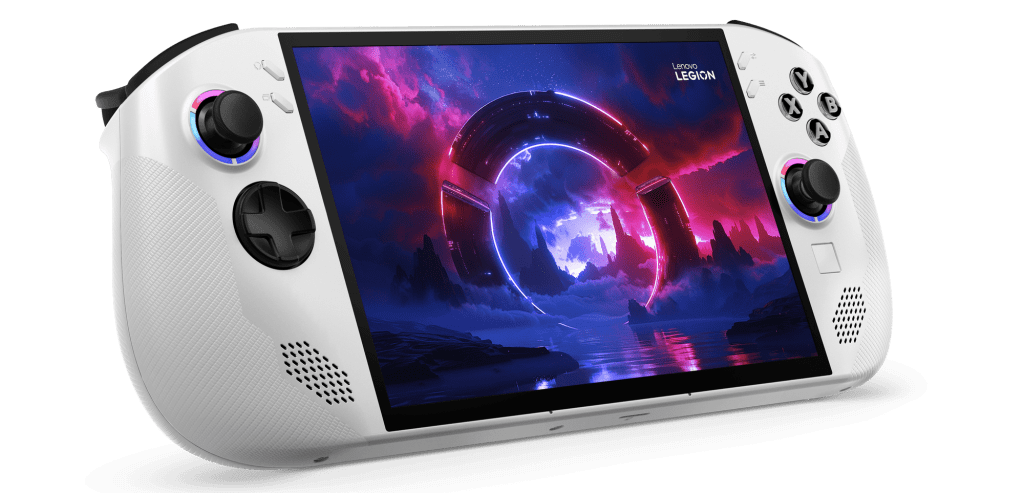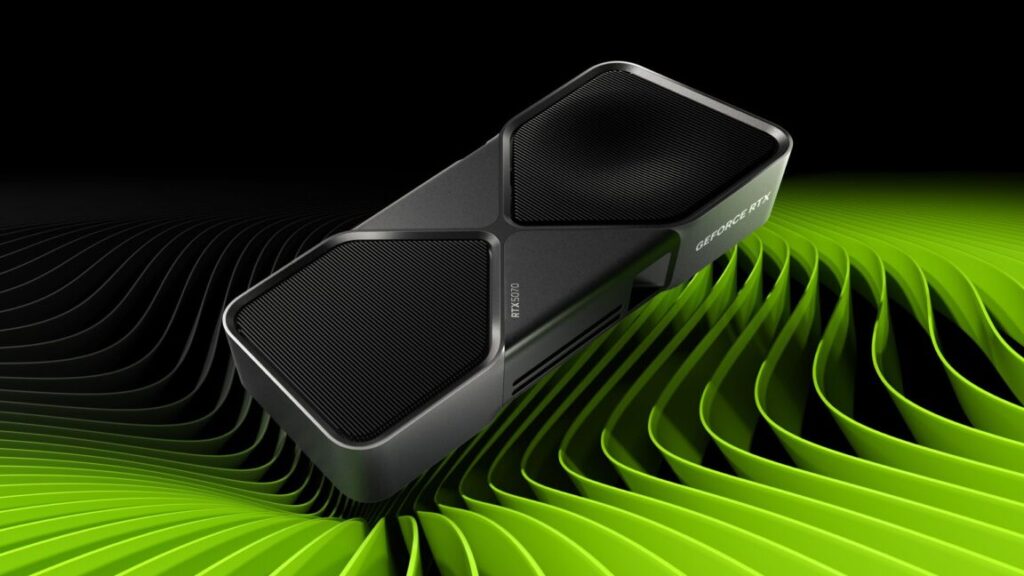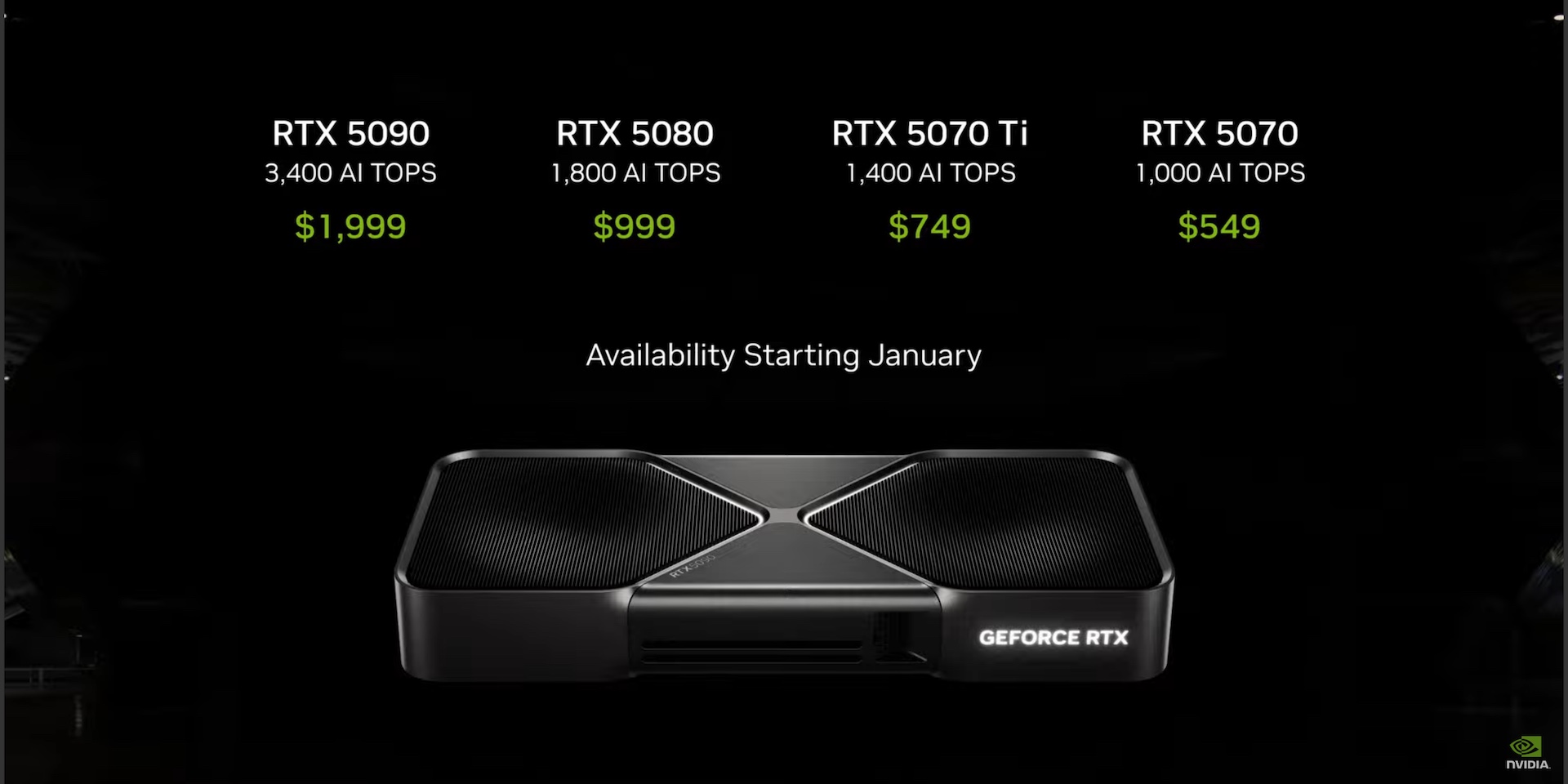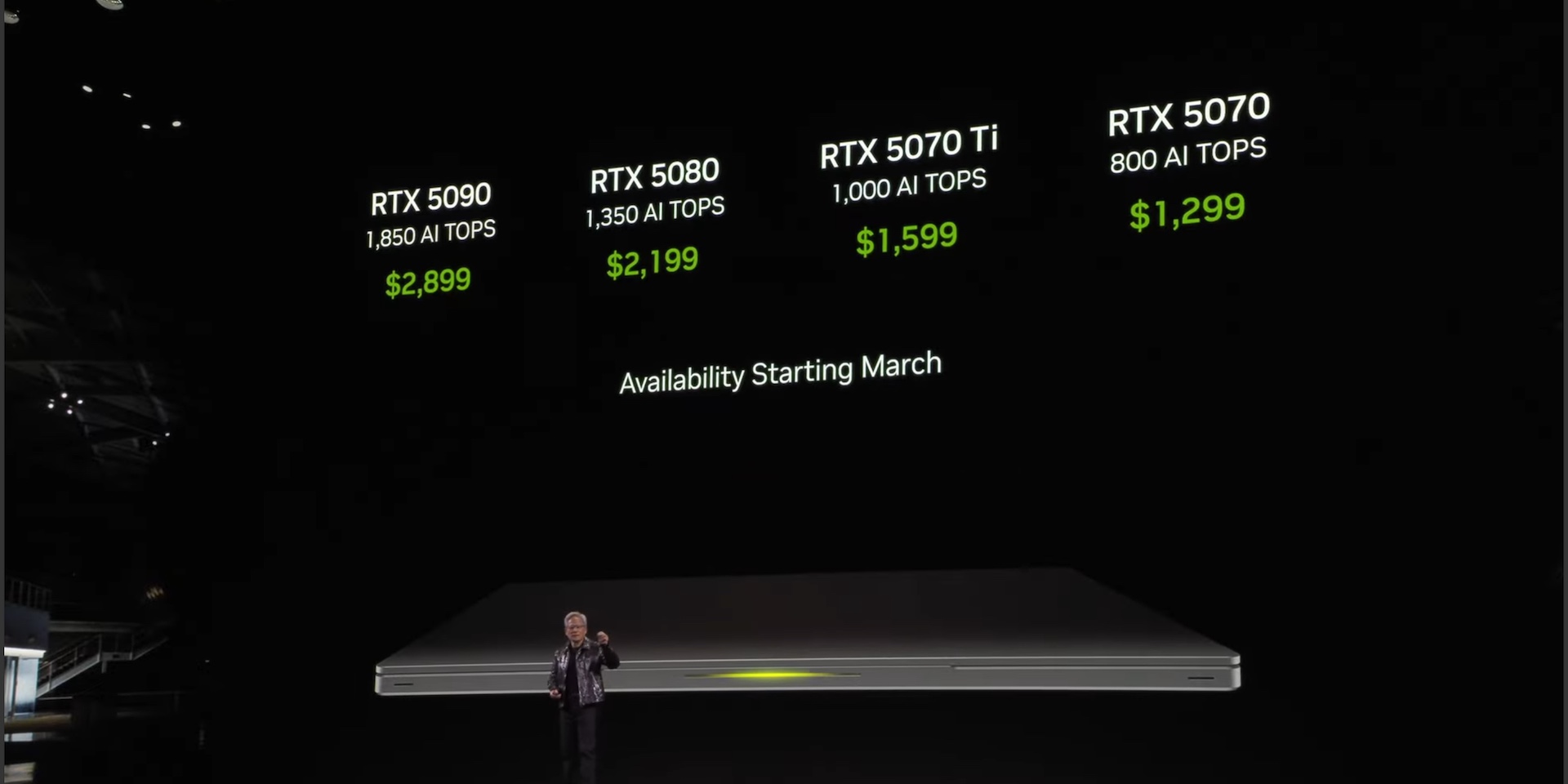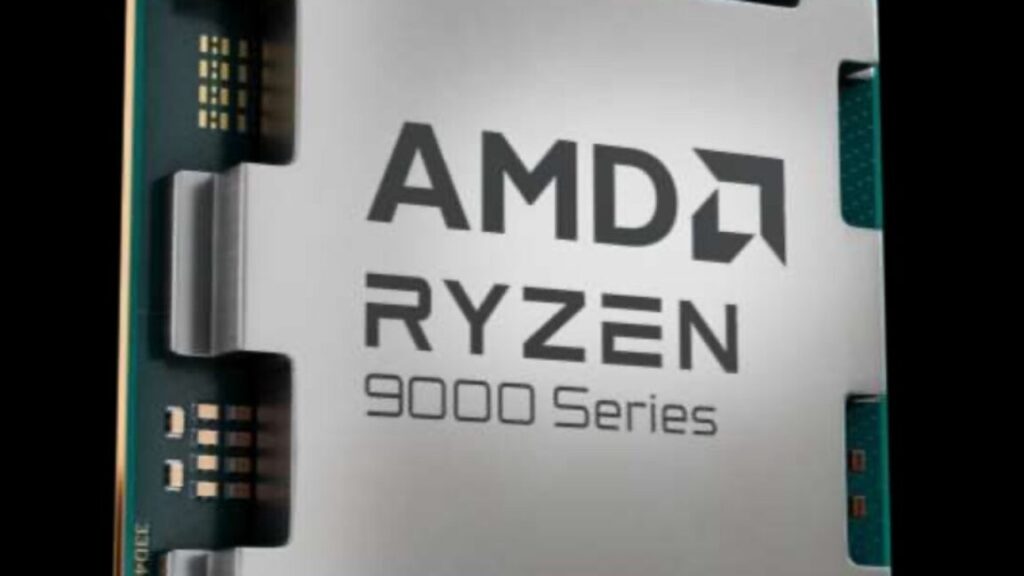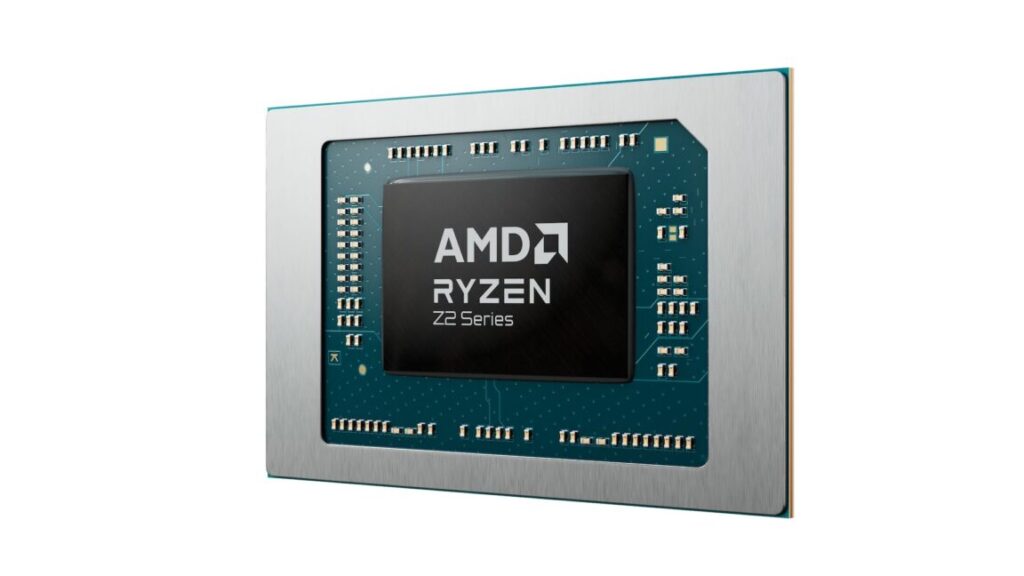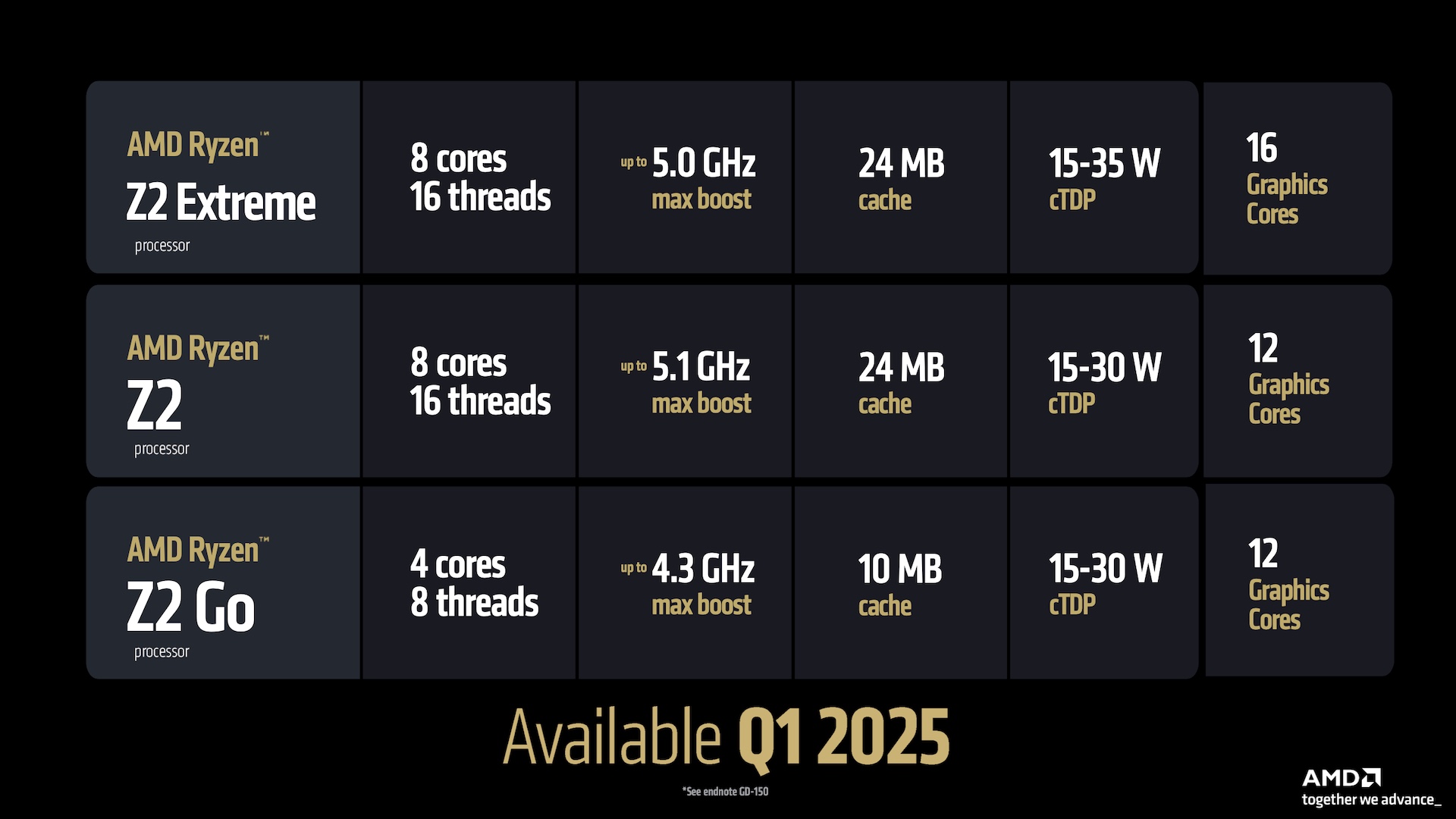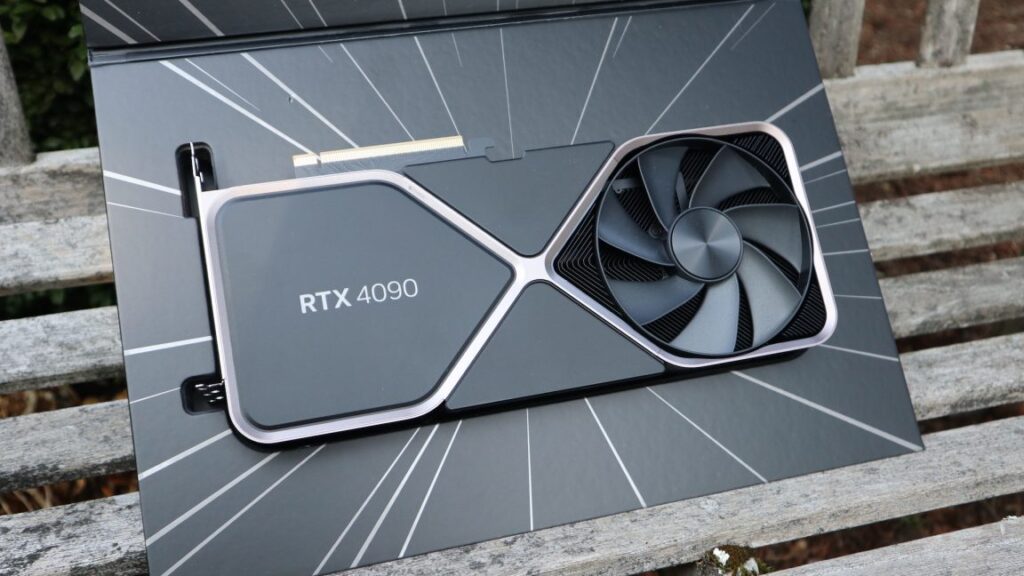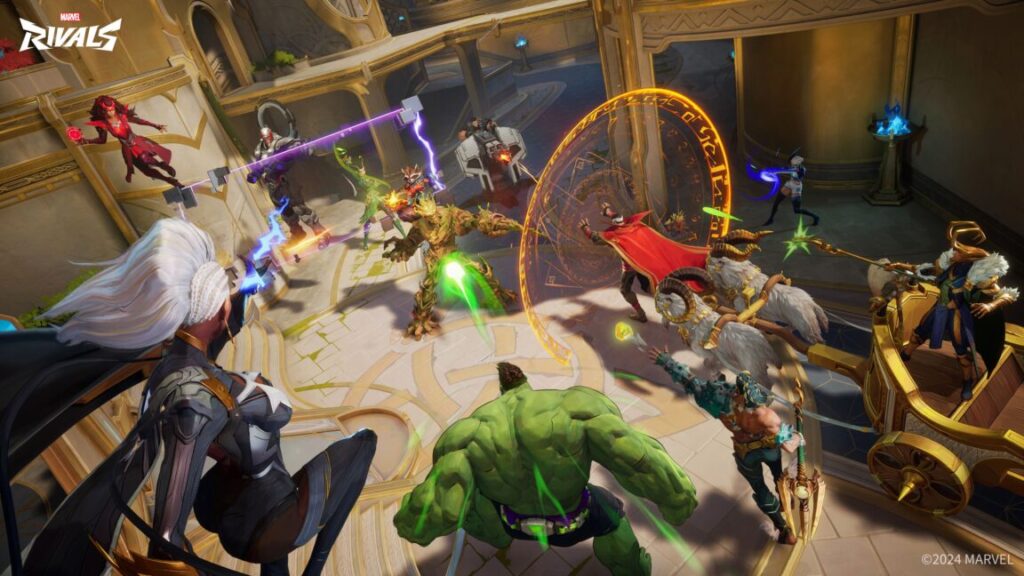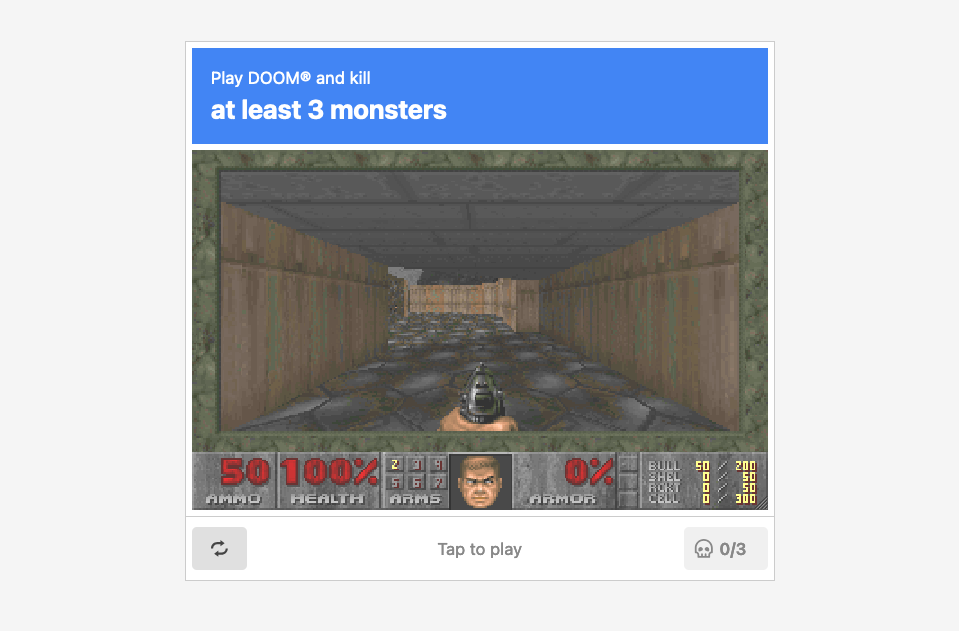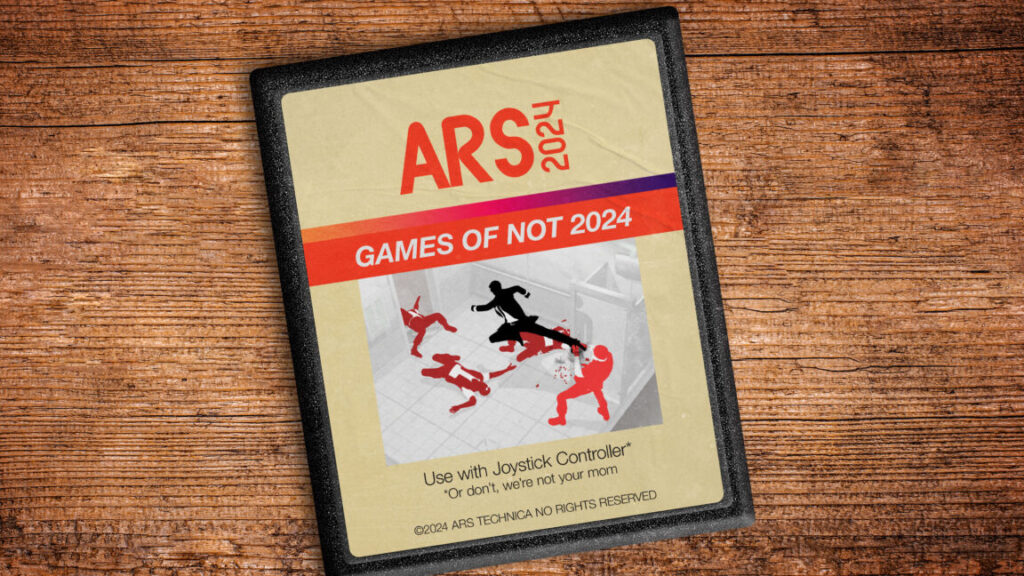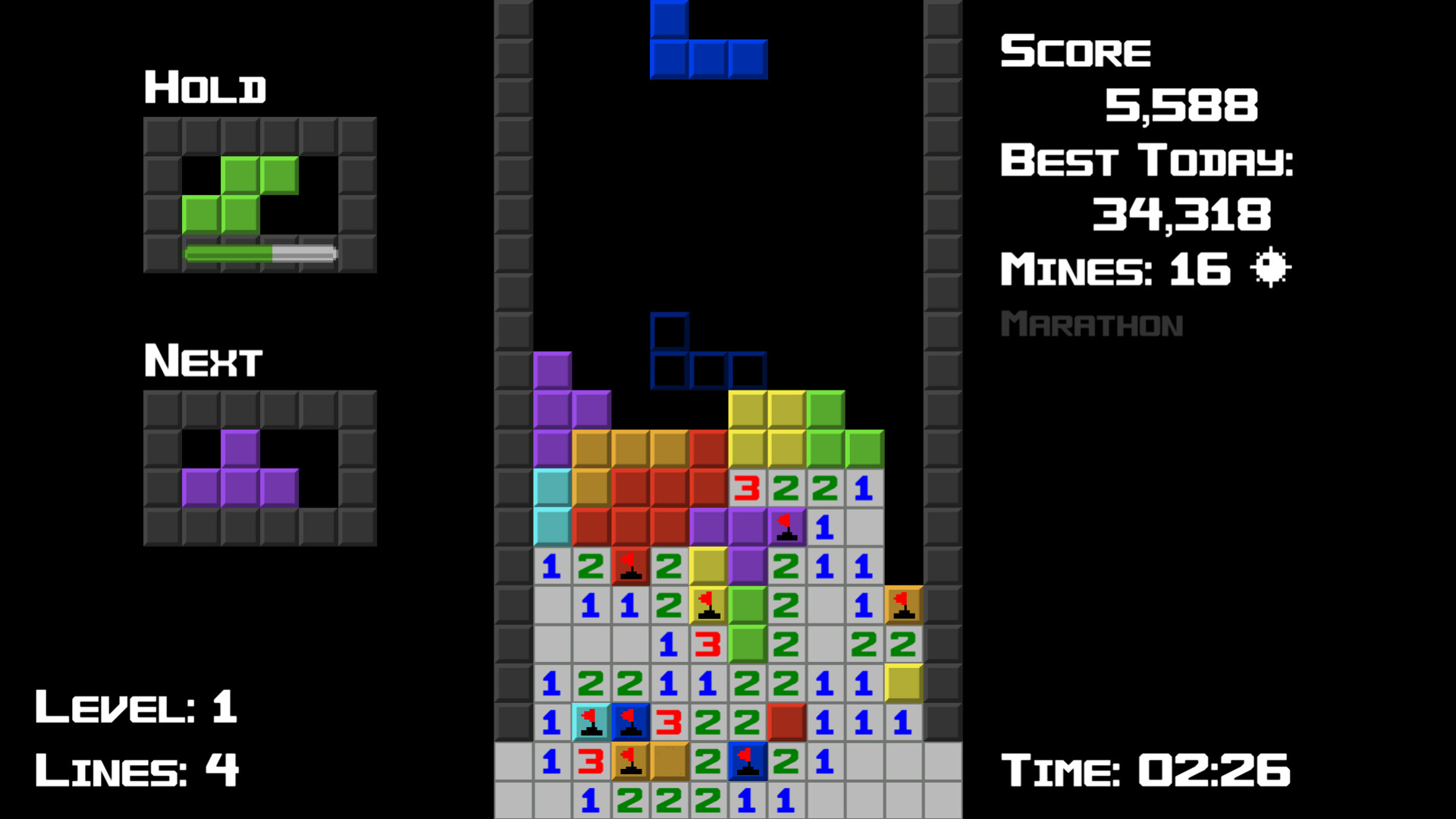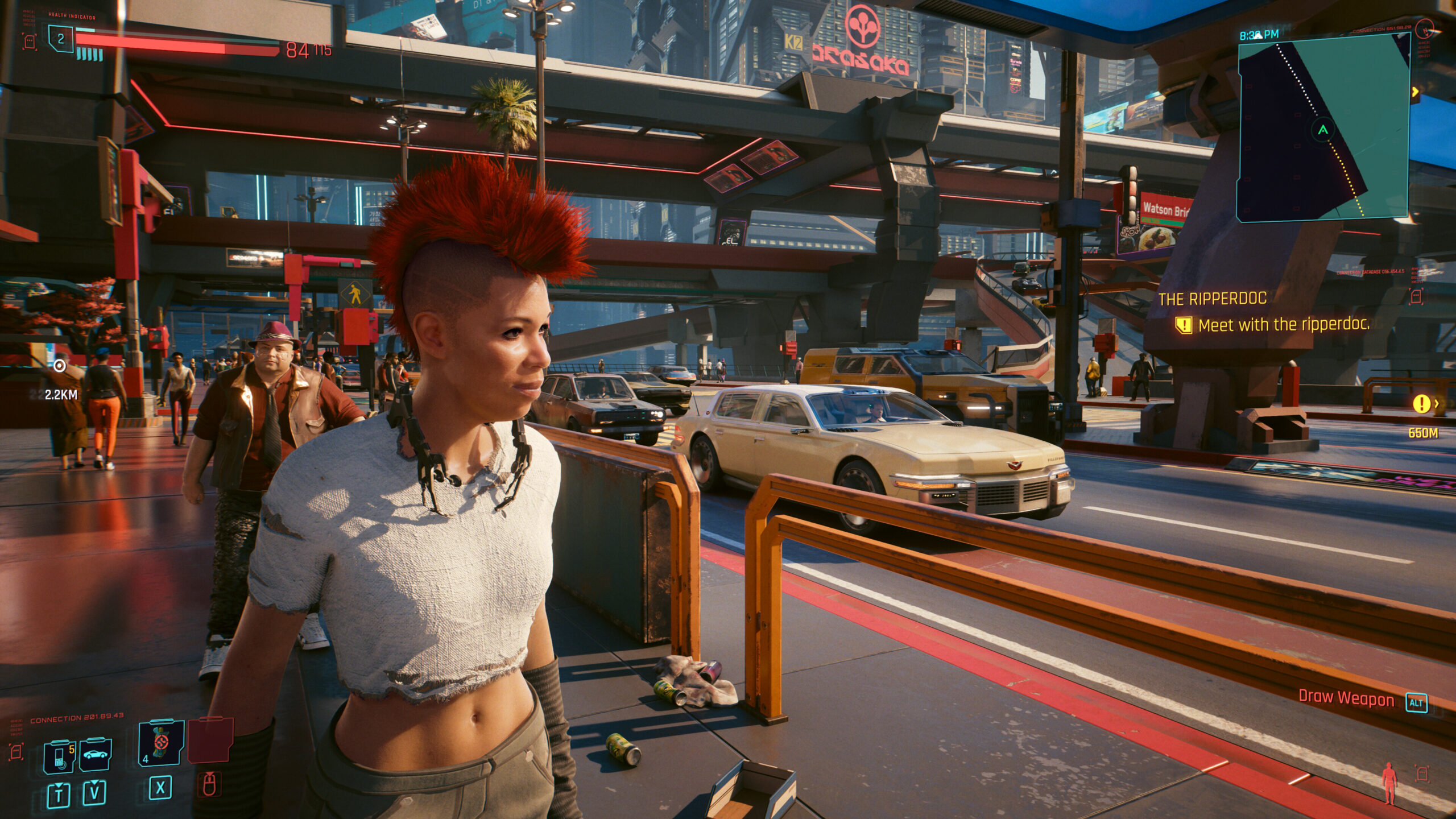Gentrified Doom remake trades chainsaw for cheese knife
Just when you thought you had seen every possible Doom mod, two game developers released a free browser game that reimagines the first level of 1993’s Doom as an art gallery, replacing demons with paintings and shotguns with wine glasses.
Doom: The Gallery Experience, created by Filippo Meozzi and Liam Stone, transforms the iconic E1M1 level into a virtual museum space where players guide a glasses-wearing Doomguy through halls of fine art as classical music plays in the background. The game links each displayed artwork to its corresponding page on the Metropolitan Museum of Art’s website.
“In this experience, you will be able to walk around and appreciate some fine art while sipping some wine and enjoying the complimentary hors d’oeuvres,” write the developers on the game’s itch.io page, “in the beautifully renovated and re-imagined E1M1 of id Software’s DOOM (1993).”
DOOM: The Gallery Experience in a YouTube video by Martinoz.
In the game, players gather money scattered throughout the gallery to purchase items from the gift shop. It also includes a “cheese meter” that fills up as players consume hors d’oeuvres found in the environment, collected as if they were health packs in the original game.
Gentrified Doom remake trades chainsaw for cheese knife Read More »
